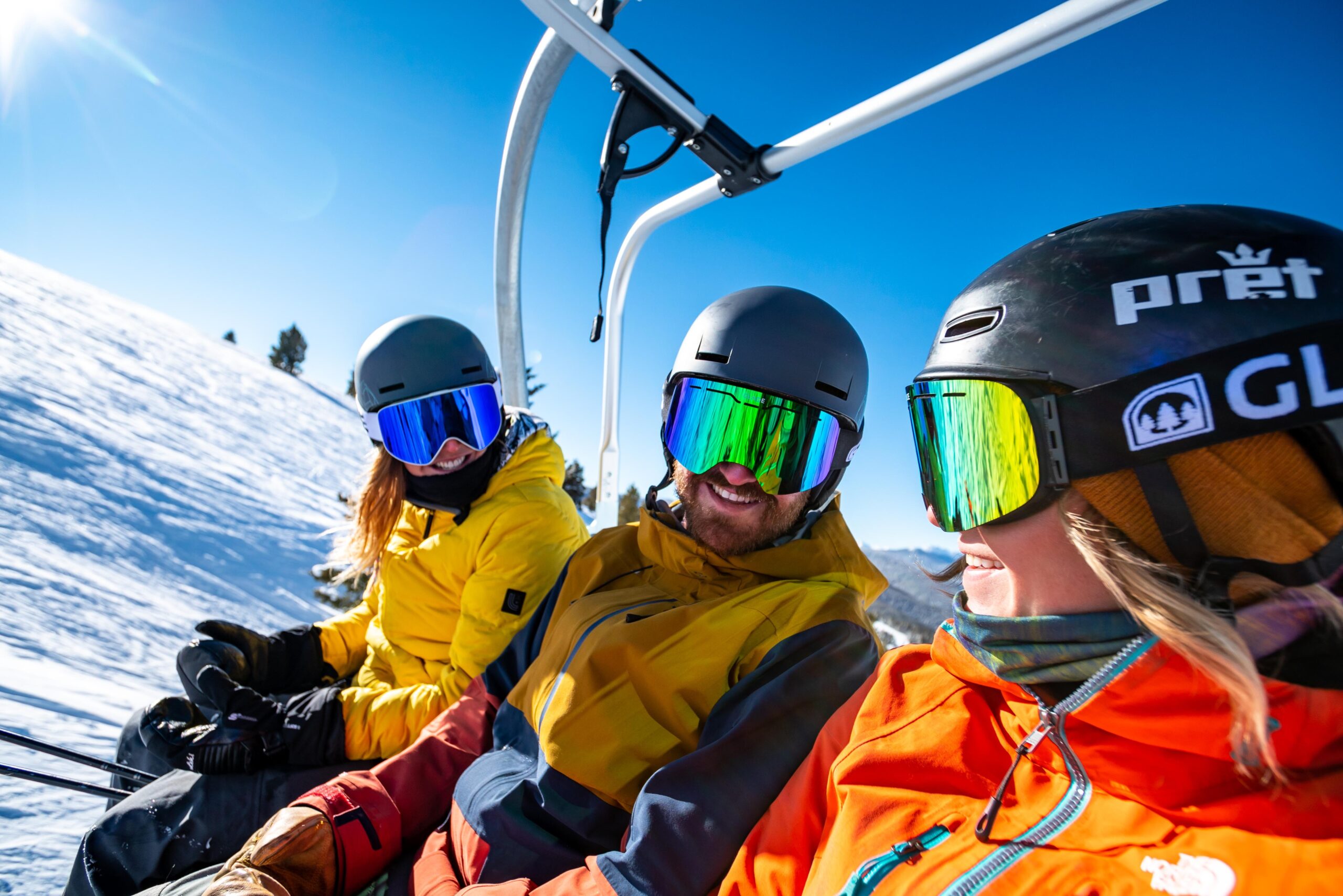With the ski season in full swing, ski injuries are starting to flow, and not just trickle through, to our Head2Toe Physiotherapy Clinics. With that in mind, prevention is always better than cure, and there are some simple steps may help you keep injury free and enjoying your ski holiday.
Having the correct strength, flexibility and equipment can hugely reduce your risk of injury (or the severity of injury should you not manage to avoid it altogether).
Wrist Injuries
In snow boarders, when looking at the most common injuries, it’s the wrists! A whopping 80% of wrist injuries on the slopes are boarders aged 18 and under. Falling is inevitable as a boarder, and a distinct possibility as a skier too.
How to Fall
The last thing on your mind when taking a tumble, especially one you didn’t see coming, might be how to fall. The way that you fall, can prevent injury however. Putting your hands out is an instinct when falling, but falling onto an outstretched hand is most likely to end in tears. As a boarder try to fall onto your forearms with a fist and dig the board in to slow you down, then lift the board so you don’t twist your knee.
As a skier try to slide or roll, as this will reduce the force more gradually and distribute the load onto a bigger area. Some wrist fractures may not be immediately obvious, especially in adolescents. There are various small bones in the wrist called the carpel bones, that can be damaged, or even the ligaments joining them. If you’re in severe pain at the time, or still in pain a while afterwards, seek medical advice.
As well as how you fall, some boarding injuries could be avoided. The use of good wrist splints/ guards is wise. These can be bought separately, or you can now buy boarding gloves and mittens with inbuilt wrist splints.
Skiers thumb
Skiers thumb is another common injury on the slopes. This is when the thumb is pulled back and damages the small collateral ligament that join the bones together. Left untreated it can leave you with an unstable joint, so should be checked out by a doctor or physio. Your physio may suggest referral onto a surgeon if there is joint instability present.
The risk of incurring this injury is lessened if you go old school and put the loop strap on from up and under, as I’m sure your instructor will have told you too!
Knee Injuries
The knees work very hard when both boarding and skiing. They can be subjected to huge forces. Anterior Cruciate Ligament (ACL) injuries are common on the slopes. Outcomes are generally good, but rehabilitation is lengthy and hard work. ACL injuries are distinctive, and often recognised by a distinct pop or bang in the knee. There are lot’s of different grades of injury and treatment options, but reconstruction is often required in more severe cases, especially if you intend to return to skiing. Again, seek good medical advice.
For more information on Knee Injuries read Sam’s previous blog post on the subject.
How to Reduce Risk
Risk can be reduced by ensuring your binding are set correctly to your height weight and ability. Under estimating your weight, or over estimating your ability may put you at risk if your bindings do not release as they are designed to do.
Bindings are set based on a clever formula called a DIN setting. This accurately calculates what they should be set to. Always seek professional fitting, and give correct information. This is not the time to lie about your post Christmas weight gain! Knee injuries are more common when people are skiing / boarding outside their ability. This means going too fast, on slopes that are too steep, conditions which are too difficult and often in poor visibility.
The other common problem, is going out when you are very fatigued. If those legs aren’t working properly any more, head to the après ski and start again tomorrow when refreshed. When the snow conditions aren’t as good, adapt your speed accordingly, and don’t try and keep up with your mates who have skied a million times more than you.
So prepare well, use the correct equipment, and start as fit and strong as you can. Ski to your ability and fitness level, and enjoy a fabulous holiday.
Getting Ski Fit
So, you’ve paid for your trip, got all the gear and in theory you’re ready for the slopes. But are you ski fit?
Bliss… But before you go, there are few things you need to consider. I don’t mean just the condition of your skiing equipment or whether you’ve got this seasons style jacket!
- Are you ski fit?
- Are you fit enough to tackle the slopes from the first to the last day of your week?
- Can you confidently ski without pain from past injuries?
For skiers who like a leisurely ski down the blue (beginner’s) and red (intermediate) slopes, combined with frequent stops in the café; If you have done some form of exercise regularly throughout the year, then the answer is likely to be, yes.
Read on for Sam’s previous blog post on Ski Fitness and how to prepare for your ski holiday.
All our Physiotherapists are highly qualified, experienced, with a variety of post graduate specialisations. If you or anyone you know would like to have a physiotherapy assessment with the team at Dorking , Leatherhead or Crawley , book online here or contact us here.
Blog post guest written by Mel Bowden, Lead Clinician and Senior Physiotherapist, Dorking, Leatherhead, & Crawley Clinics.






